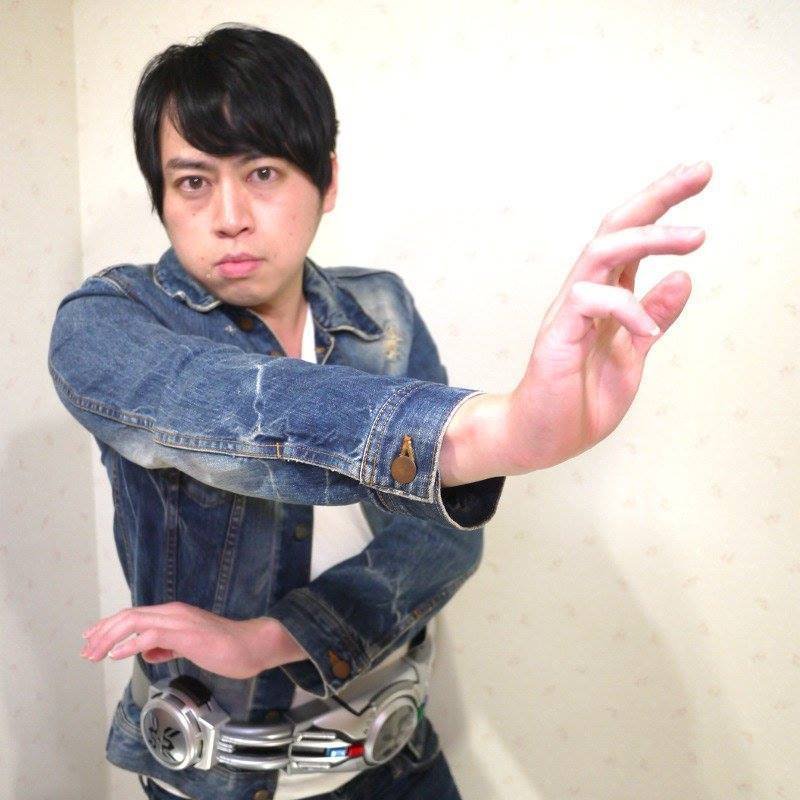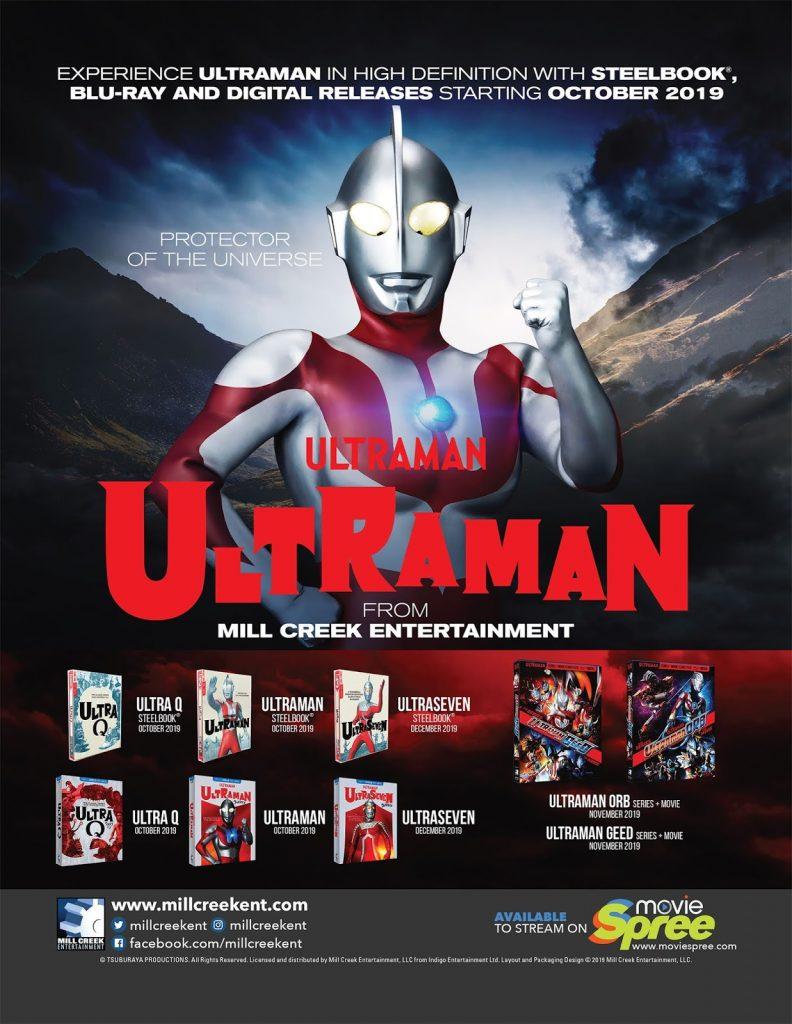How is this for some world wide recognition? Our beloved genre gets mainstream attention in the New York Times and is even called tokusatsu by name and not some kind of condescending “weird Japanese Power Ranger stuff.” While it’s nice to get some respectful mainstream recognition sadly though the main focus of the article is on what they feel is The End of the Tokusatsu genre as companies find CGI to be cheaper and more effective.
Here’s an excerpt from the article:
Only two companies still use tokusatsu effects: Tsuburaya Productions, maker of Ultraman, and Toei, which produces “Kamen Rider†and “Super Sentai†(known in the United States as Power Rangers). All are low-budget television series for children that feature oversize superheroes. Tsuburaya also makes movies, with its newest film, “Ultraman Ginga,†to be released this month in Japan.
Now, when Hollywood makes tokusatsu-inspired films — like this summer’s “Pacific Rim,†with its giant robots, or a coming Godzilla movie — it relies on flashy computer graphics.
“One day, we looked around and realized that almost no one is making tokusatsu anymore,†said Shinji Higuchi, one of a handful of Japanese directors who still have experience in the genre, having directed three movies in the 1990s featuring the giant fire-breathing turtle Gamera. “We don’t want this technique to just quietly disappear without at least recognizing how indebted we are to it.â€
Let us know what YOU think in the comments below.






September 4, 2013 @ 9:06 am
I’m going to call bullshit on New York Times. Practical effects will always look more natural than a lot of CGI. I don’t ever see Tokusatsu fading and call racial bias and ignorance on these “journalists” part.
September 4, 2013 @ 9:24 am
I guess they’re pointing out that once upon a time there were a LOT of shows…. and hmm.. even in the early heisei era there were more tokusatsu shows than just Super Sentai, Ultraman, and Kamen Rider. Now…. we’re severely paired down annnnd CGI continues to rise in usage.
They aren’t saying toku sucks, but… there’s not as much of it. And while it looks better.. it’s no as financially sound as slapping CGI on it. Look at GARO….
September 4, 2013 @ 9:36 am
At least Garo is awesome.
September 4, 2013 @ 10:17 am
But this seasons is exactly what they describe. No costumes, just CGI.
September 4, 2013 @ 10:18 am
By the way, what IS tokusatsu. It means special effects right? I always thought the costumes were the “main” thing, but maybe it isnt.
September 4, 2013 @ 10:23 am
I think the older guys kinda worry about the art of the practical effects. We’ll still get sci-fi, but the art of rubber suits is becoming more and more less wide spread.
September 4, 2013 @ 8:00 pm
I think this is the main feeling the article is trying to convey. With the passing on and aging of many of the old masters, I think alot of the people interested in suit or practically driven special effects are worried that the art will die out- and to our detriment, it has already happened here for the most part. Even the recent The Thing prequel was originally marketed to have practical effects that looked amazing, but those then gave way to CG which I heard was much less impressive; so it’s sad…
I think that some of the problem may come from audiences who feel that practical effects look “hoaky” or “fake,” and use the original seasons of Power Rangers or the lower budget Showa era Godzilla films as examples. They forget how awesome high end practical effects can be- but all they have to do is watch Aliens or Legend (though I have some big problems with the latter in regards to storytelling, the effects are magnificent) . Also, I do feel that Kamen Rider and Sentai could be so much more if they tried a little harder…
September 4, 2013 @ 12:57 pm
Tokusatsu is fine but there needs to be much more newer original tokusatsu superhero shows like for GARO and Cellphone investigator 7 did in the mid 2000’s.
Tokusatsu just means Japanese special effects and can apply to any japanese movie with special effects and in time later was mainly used in kaiju and japanese superhero shows because of how special effects genius Eiji Tsuburaya a tokusatsu pioneer, inspired by special effects from the west and using miniatures and rubber suits to create effects that were realistic at the time like the original Godzilla movie 1954. And the fun classics of the gold and silver age of tokusatsu with the original ultraman amd ultraseven of the 60’s and other ultra series of the 20th century
Now in the 21st century, It’s more about the decline of the current ultraman franchise’s future, even ultraman land is closing down beacuse of it.
With technology, cgi as become more developed as a much cheaper way of creating effects, (glad that Osaka university of arts are teaching the newer generation about the old ways of doing tokusatsu practical effects.)
The only way to save ultraman is that Tsuburaya needs to do is do another reboot ultraman show that kids and adults can enjoy like tiga. Ultraman tiga was like the star trek the next generation of ultraman of the 90’s.
It’s not the end of tokusatsu its only changing (HENSHIN)
September 4, 2013 @ 2:08 pm
makes me miss the tomeca hero series even more
September 4, 2013 @ 3:52 pm
Good thing is there’s a perfectly good reason this was not a post in the NYT obituaries. Tokusatsu is not dead nor will it keel over for a while. Unfortunately, this is not unprecedented or surprising. FX wizards like Gerry Anderson have faded away and practical effects such as those Jim Henson’s Workshop creationed for TMNT are practically nonexistent. The dilemma (which is similar to HK Kung-Fu Cinema) is that traditional veterans are leaving the craft with no one to pick up after them. Though with mainstream media evolving, it enfranchises fans to start creating Tokusatsu works of their own to ensure the art and craft does not wither into extinction.
September 4, 2013 @ 5:18 pm
New York Times talking about Tokusatsu? I never pictured its’
readers to be particularly concerned with such a niche of geek culture.
But then, I don’t normally read NYT, so I wouldn’t know :-p